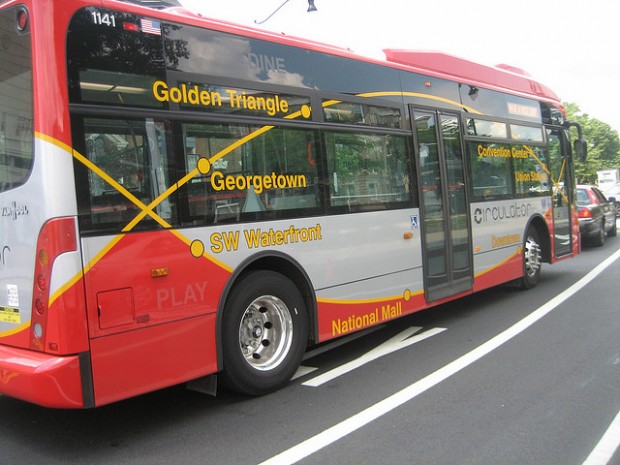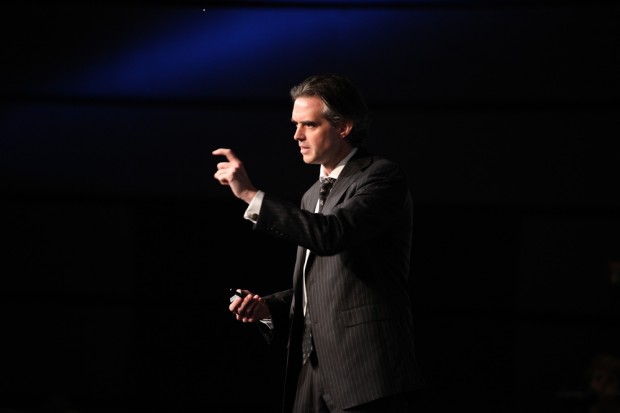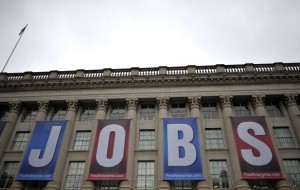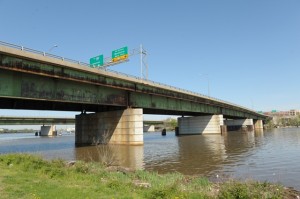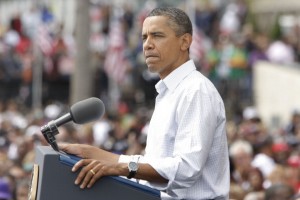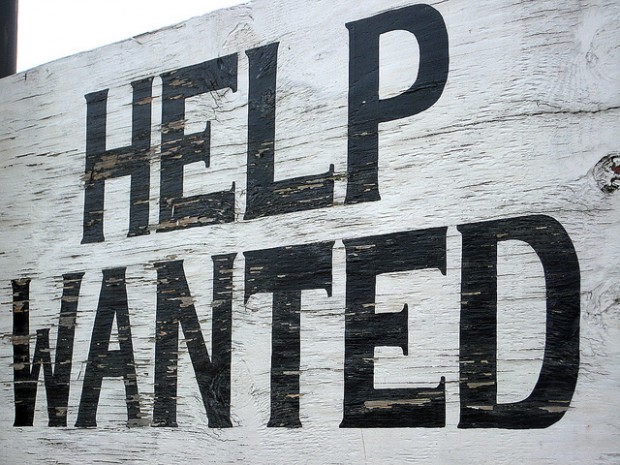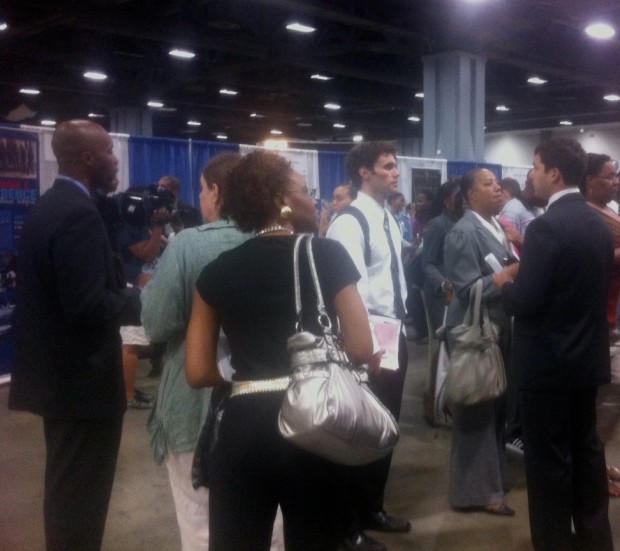Many of D.C.’s young people who live way below the poverty line, aren’t in school or looking for work are black, a new report finds.
Researchers at The Brookings Institution examined these disparities in an effort to propose some solutions. About 28,000 D.C. residents aged 16 to 24 lack a bachelor’s degree and live 200 percent below the poverty line. And 22,000 of those young people are black.
Low-income D.C. black youth lacking bachelor’s degrees
The Brookings folks propose a few solutions, and among them is abandoning the “college for all approach.” But, as they note, there is a history of discrimination when it comes to who has been deemed worthy of higher education (emphasis mine):
Integrating employment and occupational skills into the high school and post-secondary curricula is often disparaged, with career and technical education (previously known as vocational education) seen as a dumping ground for students not deemed “college-ready.” The legacy of tracking, segregation, and discrimination in the educational system certainly provides support for that view— education can be a vehicle for upward mobility but it can also perpetuate inequality based on race and class.
Here are a few more recommendations in the report:



